Equality and mutual benefit, mutual cooperation, common development in continuous cooperation.
The bottom valve is welded or connected to the bottom of the reactor or storage tank and other containers by means of the bottom flange (flange) of the valve. Therefore, the residual phenomenon of process medium at the outlet of the container is eliminated to realize the function of emptying and discharging. The bottom valve is composed of valve body, valve core, valve stem, valve seat, sealing ring, actuator (electric, pneumatic), etc. The valve core can be opened or closed by pushing the valve core up. The up spreading bottom valve is that the valve stem rises and the valve opens; The valve rod of the downward spreading tank bottom valve rises and the valve is closed.
The up spreading and down spreading structures can extend the valve seat to the inside of the reactor, which can minimize the accumulation of materials in the pipeline and make the materials fully. The bottom ball valve can not extend the valve seat to the inside of the reactor like the up spreading and down spreading bottom valves, which may lead to insufficient material.
(normally, the valves are closed).
The bottom valve is a valve installed at the bottom of the reactor, storage tank and other containers for discharging. With the increasing improvement of automation level, the bottom valve has also developed from manual control to automatic control. In addition to the original cut-off function, it can also be adjusted and controlled, and participate in interlocking control in key process places. Buse valve is now widely used in chemical, petroleum, metallurgy, pharmaceutical, pesticide, dye, food processing and other industries.
MESSAGE
CONTACT US
-
TEL: 155-8887-9032
-
EMAIL: sales@wtflowcontrol.com
-
ADDRESS:

W&T Asia&Pacific Centre Disclaimer: If some of the information sources on the Internet are infringing or prohibited, please inform us to delete them immediately

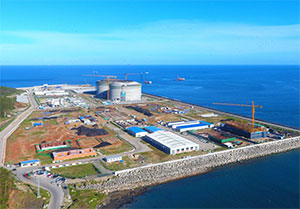 Refining and chemica···
Refining and chemica···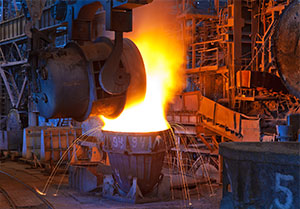 Metallurgical indus···
Metallurgical indus··· Gas industry
Gas industry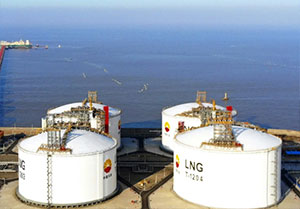 LNG industry
LNG industry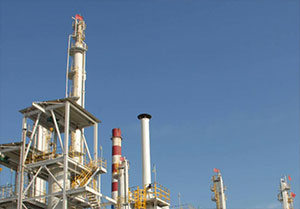 Chemical industry
Chemical industry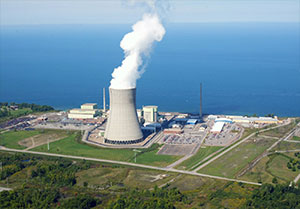 Power industry
Power industry
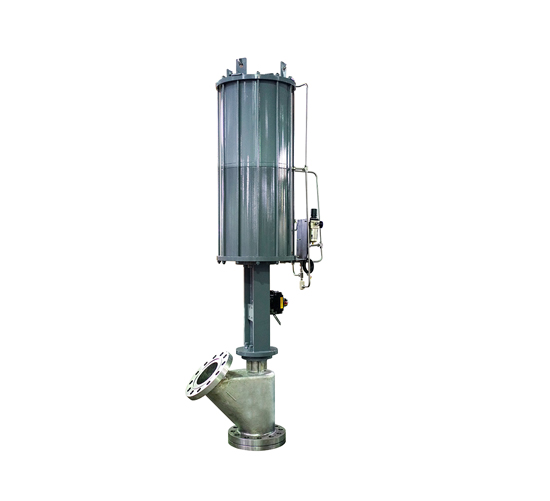


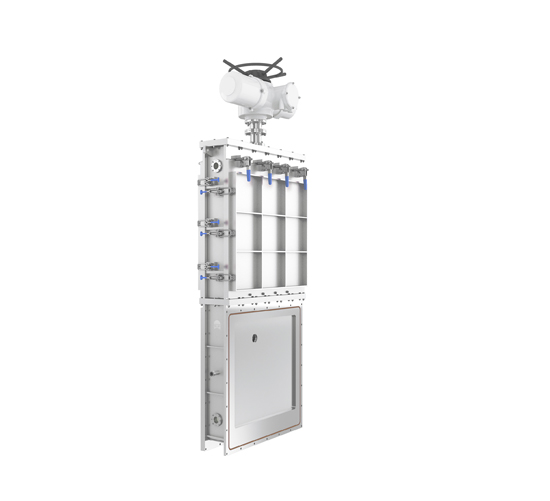
 QQ:664857658
QQ:664857658